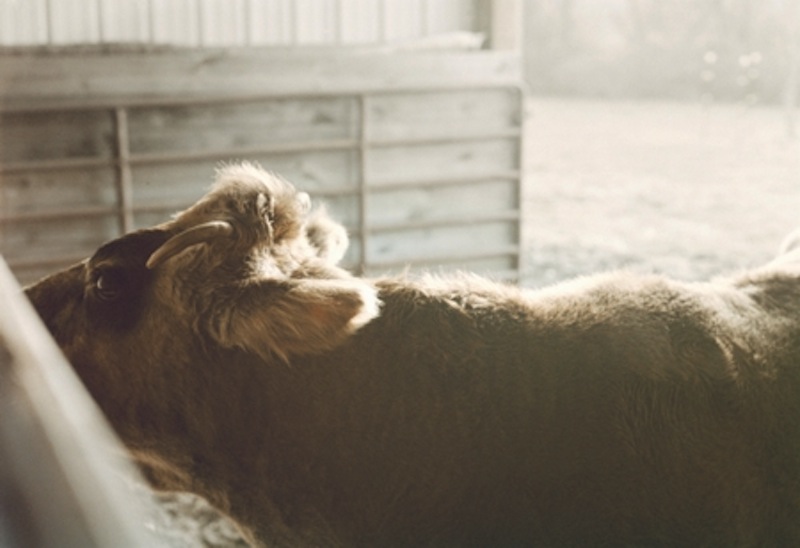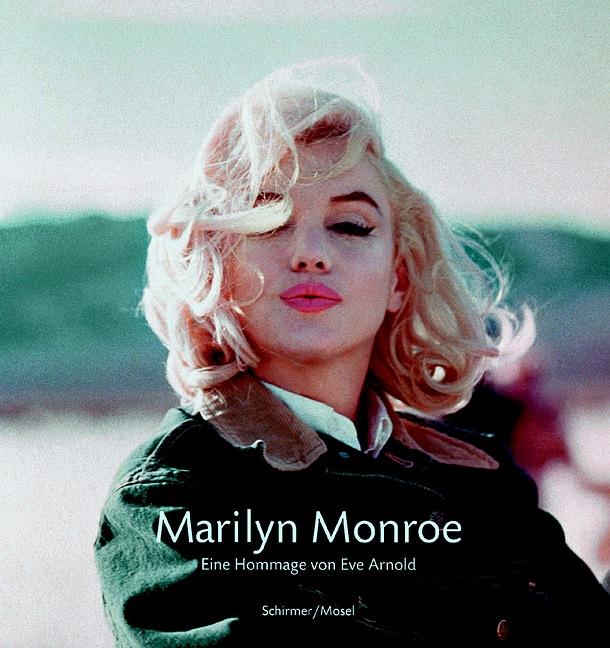2009 Graduate from Parsons New School of Design in Photography, Grant Willing has since been exhibiting worldwide and has co-founded fjord.org, a project that showcases new, young photographers. In an interview with Jonathan Feistein, the curatorial director of humbleartsfoundation.org from NYarts mag, Willing says that anyone with a digital camera and flickr account can be a photographer these days. With fjordphoto.org, Willing and girlfriend Alana Celii created an online venue to exhibit young photographers that they respect and admire. This online community blew me away. Be sure to check it out.
A lot of Willing's work is quite dark and almost cult-like. His black and white photographs remind me of Alfred Hitchcock frames. Maybe I am part of this cult following though, because I really like his collections.
Images from Grant Willings website and artslant.

















































